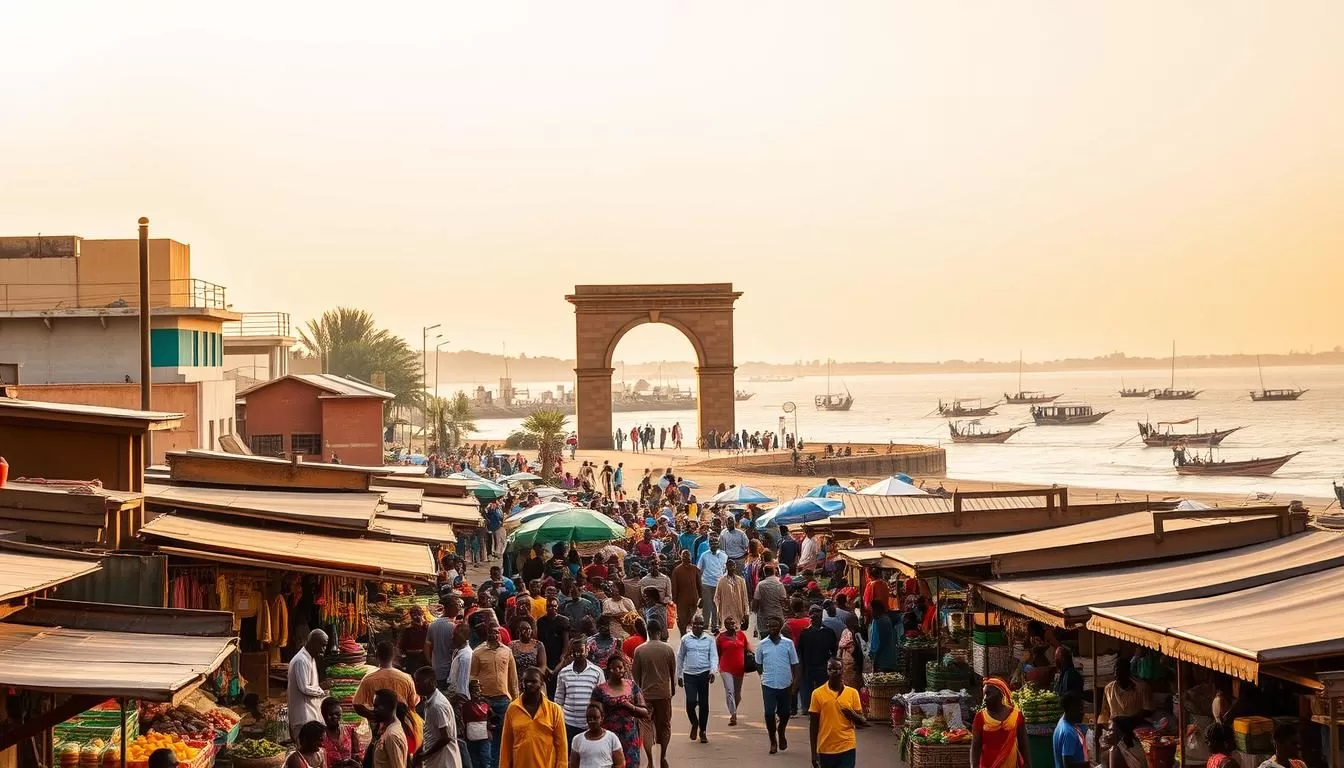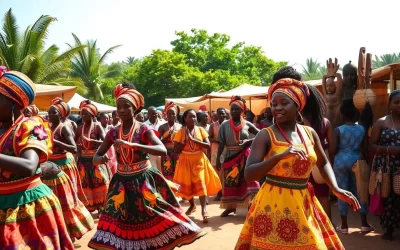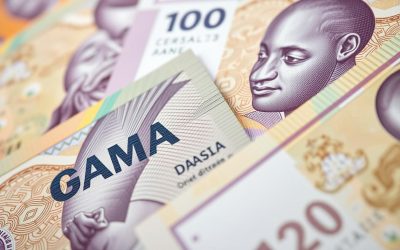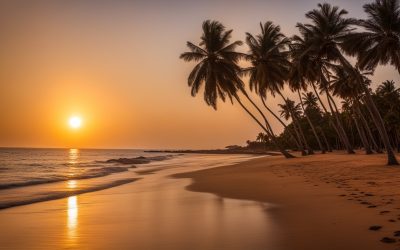Welcome to Banjul, the charming capital of Gambia, where history, culture, and nature converge to create an unforgettable travel experience.
Located around 10 miles from the popular tourist hotels along the coast, Banjul is easily accessible by green tourist taxi, offering a private and convenient service.
As you explore this vibrant city, you’ll discover top attractions and activities that make Banjul a must-visit destination in West Africa. From historical landmarks to natural wonders and vibrant markets, Banjul offers something for every type of traveler.
Whether you’re planning a day trip or a longer stay, this guide will help you create the perfect itinerary for exploring Banjul’s treasures, ensuring you make the most of your Gambian adventure.
Discovering Banjul: The Gateway to Gambian Adventure
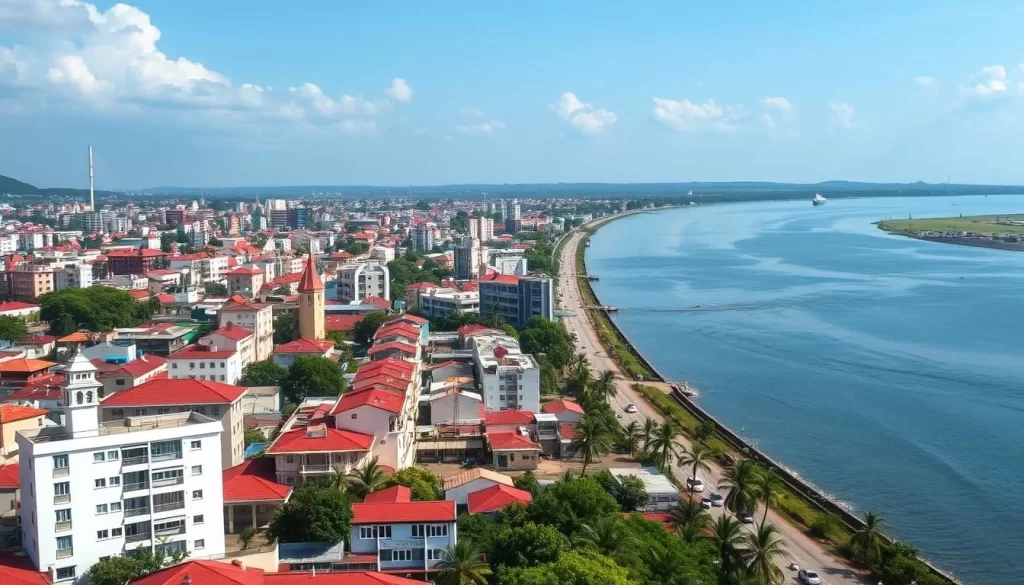
With its unique blend of African and European influences, Banjul is the perfect starting point for your Gambian adventure. As the capital of The Gambia, Banjul offers a rich historical context that is waiting to be explored.
The city is situated on St. Mary’s Island at the mouth of the River Gambia, making it a strategic location for experiencing the best of what The Gambia has to offer. You’ll be captivated by the city’s history, which dates back to the 19th century when it was established as a British trading post.
Banjul’s compact size makes it easily explorable on foot, with most major attractions within walking distance. As you navigate through the city, you’ll experience the unique blend of culture and architecture that shapes Banjul’s distinctive character.
Beyond the city limits, Banjul serves as your gateway to The Gambia’s diverse attractions, from pristine beaches and wildlife reserves to cultural villages and historical sites. Understanding Banjul’s strategic location and historical significance will enhance your appreciation of this small but vibrant West African capital, showing you the way through the country‘s many wonders.
Arch 22: Climb for Panoramic Views of the City
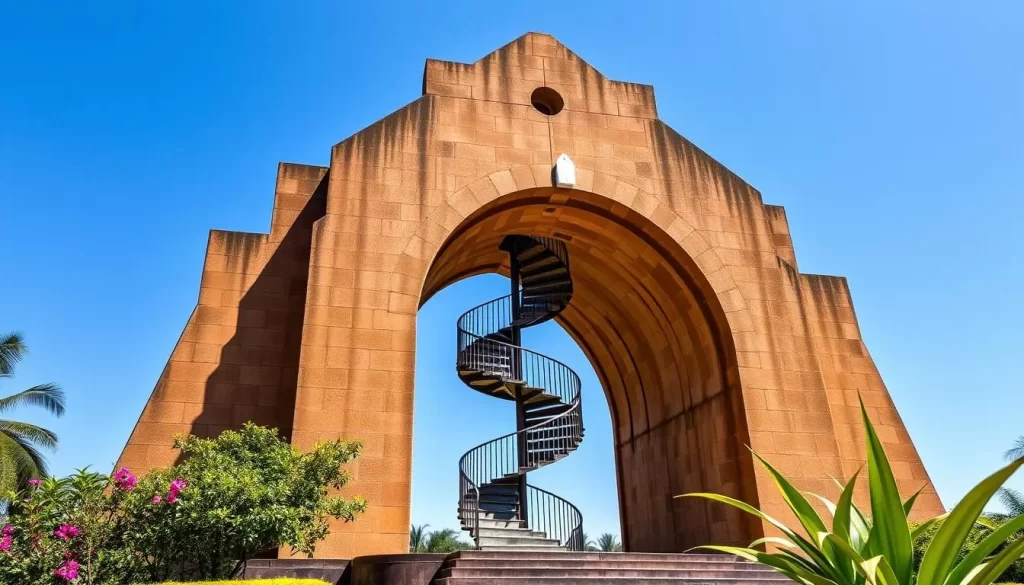
The monumental Arch22 is situated at the entrance of Independence Drive, serving as a significant landmark in Banjul. Standing 36 meters tall, it is the tallest structure in The Gambia. Built in 1996, Arch22 commemorates the military coup of July 22, 1994, led by Lieutenant Yahya Jammeh.
For a small fee of approximately 100 Dalasis (about $2 USD), you can climb the 150 steps of the spiral staircase to reach the viewing platforms at the top. Once at the summit, you’ll be rewarded with breathtaking panoramic views of Banjul, the Atlantic Ocean, and the mouth of the River Gambia.
Inside the arch, you can explore a small museum that documents the events surrounding the 1994 coup, providing context to this significant moment in Gambian history. While the structure has faced some disrepair since Jammeh’s exile in 2017, the climb and views remain well worth the time and effort for any visitor to Banjul, making it a worthwhile tour destination.
King Fahad Mosque: Admire Stunning Islamic Architecture

As one of Banjul’s most impressive architectural marvels, the King Fahad Mosque is a sight to behold. Located just south of the Arch22, this mosque is a must-visit attraction in the city.
The King Fahad Mosque, also known as the Banjul Central Mosque, was built in 1988 with funding from Saudi Arabia. It represents the significant Islamic influence in Gambian culture and can accommodate up to 6,000 worshippers, making it the largest mosque in the country.
While visiting the Fahad Mosque, you can admire the beautiful blend of modern and traditional Islamic architectural elements. Non-Muslim visitors are sometimes permitted to enter the mosque outside of prayer times, but you should dress modestly and remove your shoes as a sign of respect.
The King Fahad Mosque is particularly stunning when photographed during the golden hours of sunrise or sunset, when the light accentuates its brilliant white exterior. It’s a great place to take memorable photos during your tour of Banjul.
Albert Market: Experience the Heart of Banjul’s Commerce
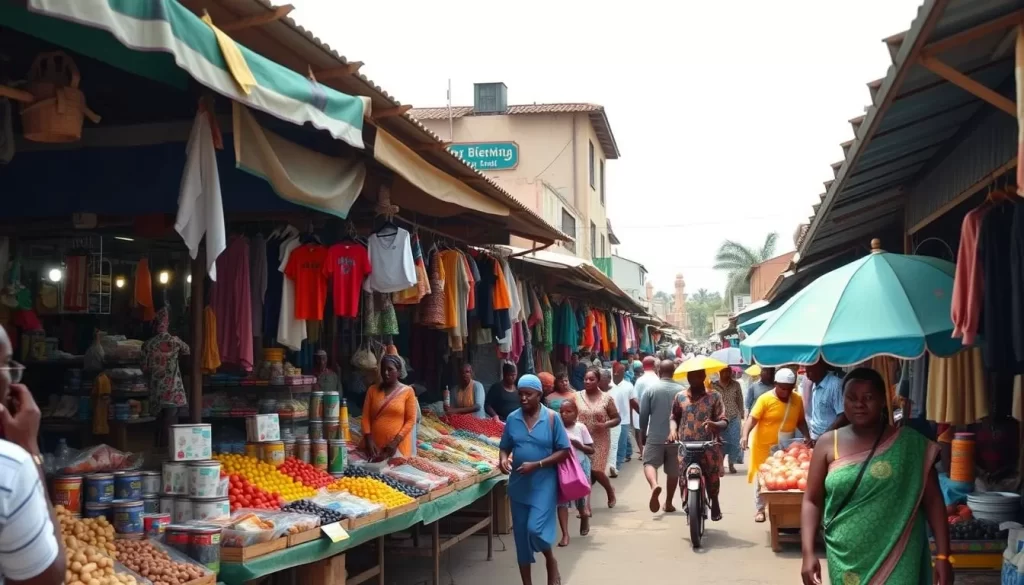
Step into the vibrant Albert Market, the heartbeat of Banjul’s commerce since the 19th century. This bustling marketplace is a great place to experience the authentic culture of Gambia.
Albert Market is divided into three distinct sections: the tourist market, the produce market, and the wholesale market. The tourist market is where you can find colorful displays of traditional crafts, textiles, jewelry, and souvenirs, perfect for bringing home a piece of Gambian culture.
The produce market is a feast for your senses, with vibrant fruits, vegetables, spices, and local delicacies on display. You’ll find everything from fresh produce to local handicrafts, creating a lively atmosphere that’s hard to resist.
In the wholesale market, you can discover a wide range of products, from household goods to electronics and clothing. This section showcases the market’s role as a vital commercial center in Banjul.
As you navigate through Albert Market, be prepared to practice your bargaining skills, as negotiation is an expected part of the shopping experience. While it can be overwhelming with its narrow pathways and persistent vendors, the market offers the most authentic shopping experience in Banjul and a unique window into local commerce.
National Museum of The Gambia: Journey Through History
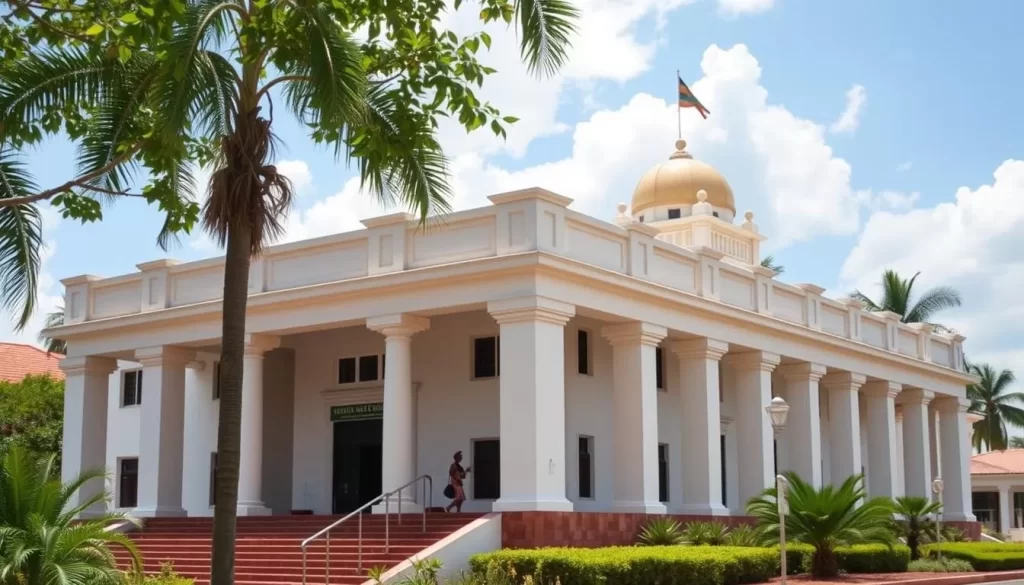
As you visit the National Museum of The Gambia on Independence Drive, you’ll uncover the rich tapestry of Gambian history and culture. Despite its modest appearance, the museum houses valuable collections that trace the country’s diverse history from prehistoric times to the modern era.
The museum’s exhibits showcase archaeological findings, ethnographic artifacts, and historical documents that tell the story of The Gambia’s cultural evolution over time. You’ll gain insights into the country’s colonial period, independence movement, and development as a sovereign nation in the region.
The National Museum provides a comprehensive look at Gambian society, highlighting the diverse ethnic groups and their distinctive cultural traditions. This national museum is a valuable resource for understanding Gambian heritage and national identity, making it a crucial part of your visit to Banjul.
Tanbi Wetland Complex: Explore Natural Beauty
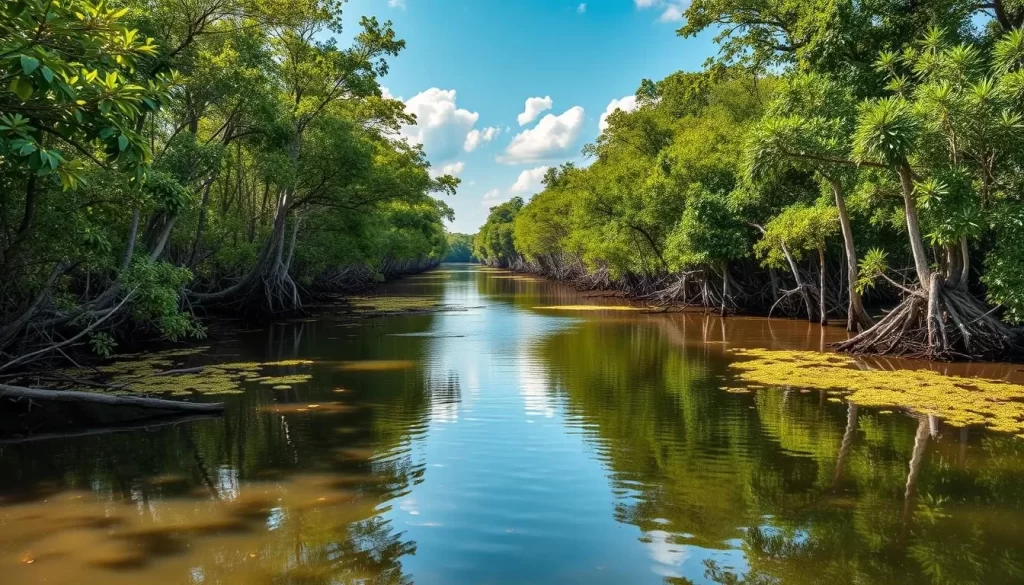
Just outside Banjul lies the Tanbi Wetland Complex, a significant ecological zone in The Gambia. This wilderness site is located on the southern entrance to the mouth of the River Gambia and covers about 6,000 hectares, with mangroves making up 4,800 hectares.
The Tanbi Wetland Complex offers you a refreshing escape into nature. As you explore this pristine area, you’ll discover a crucial ecosystem that serves as a buffer between the Atlantic Ocean and the mainland. The wetlands provide a natural habitat for numerous bird species, making it a paradise for birdwatchers who can spot herons, egrets, and kingfishers.
You can navigate through the serene waterways by canoe or small boat, allowing for an intimate experience with this delicate ecosystem. The wetlands support diverse wildlife, including fish species, crustaceans, reptiles, and small mammals. Visiting during early morning or late afternoon provides the best opportunities for wildlife viewing and photography.
Banjul, Gambia: Best Things to Do – Top Picks for Day Trips
Day trips from Banjul provide a unique opportunity to experience the best of The Gambia’s history, culture, and natural landscapes. You can explore several rewarding destinations that showcase the country’s rich heritage.

Kunta Kinteh Island (James Island): UNESCO World Heritage Site
Kunta Kinteh Island, formerly known as James Island, is a powerful testament to the transatlantic slave trade. You can explore the ruins of a British colonial fort that processed thousands of enslaved Africans. The island is a UNESCO World Heritage Site and gained international recognition through Alex Haley’s novel “Roots.”
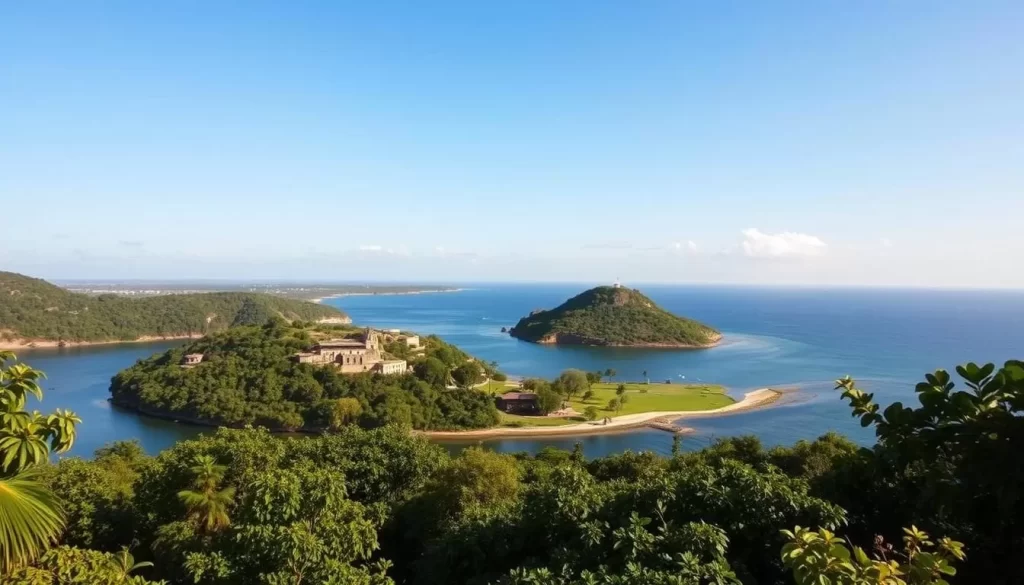
Bijilo Forest Park: Meet the Monkeys
Bijilo Forest Park, commonly known as Monkey Park, is a lush area with many primate species. You can see vervet monkeys, red colobus, and mona monkeys in their natural habitat. The well-maintained walking trails allow you to explore the coastal forest ecosystem while observing numerous bird species and other wildlife.
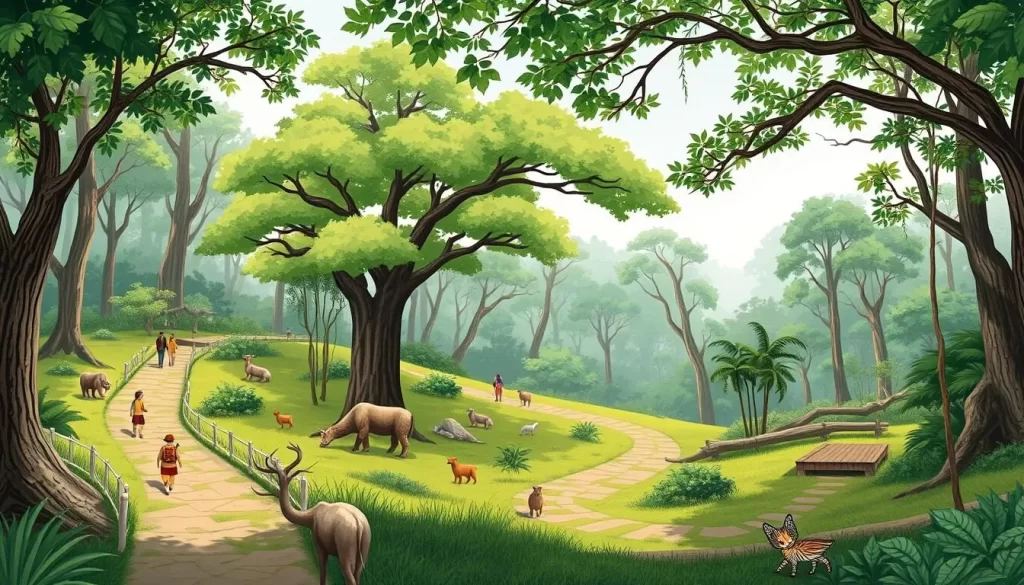
Both day trips offer distinctive perspectives on Gambian heritage, one highlighting the country’s painful colonial history along the River Gambia, and the other showcasing its natural treasures and conservation efforts in the forest park.
River Gambia National Park: Wildlife and Chimpanzee Encounters
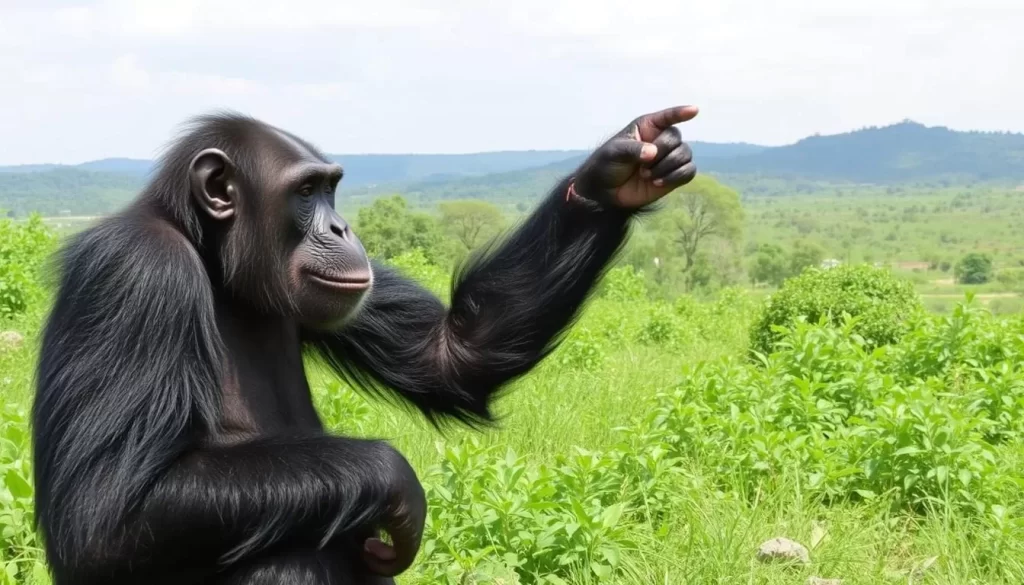
The River Gambia National Park offers an unparalleled opportunity to witness West Africa’s rich wildlife, particularly its chimpanzee population. Located upriver from Banjul, this national park is home to the Chimpanzee Rehabilitation Project, a sanctuary for over 140 rescued and orphaned chimpanzees living on islands within the River Gambia.
Visitors can join guided boat tours to observe these fascinating primates in their natural habitat. As you cruise along the River Gambia, you’ll witness chimpanzees engaging in natural behaviors such as foraging, socializing, and caring for their young. The park supports diverse wildlife, including hippos, crocodiles, various monkey species, and numerous bird varieties that thrive in this protected ecosystem.
Beyond its incredible wildlife, the River Gambia National Park’s lush riverine forests and wetlands create a stunning backdrop for wildlife photography and nature appreciation. The park’s conservation efforts highlight Gambia‘s commitment to protecting its natural heritage and endangered species, making it a unique destination for those interested in River Gambia tours.
Beaches and Nightlife: Relaxation and Entertainment
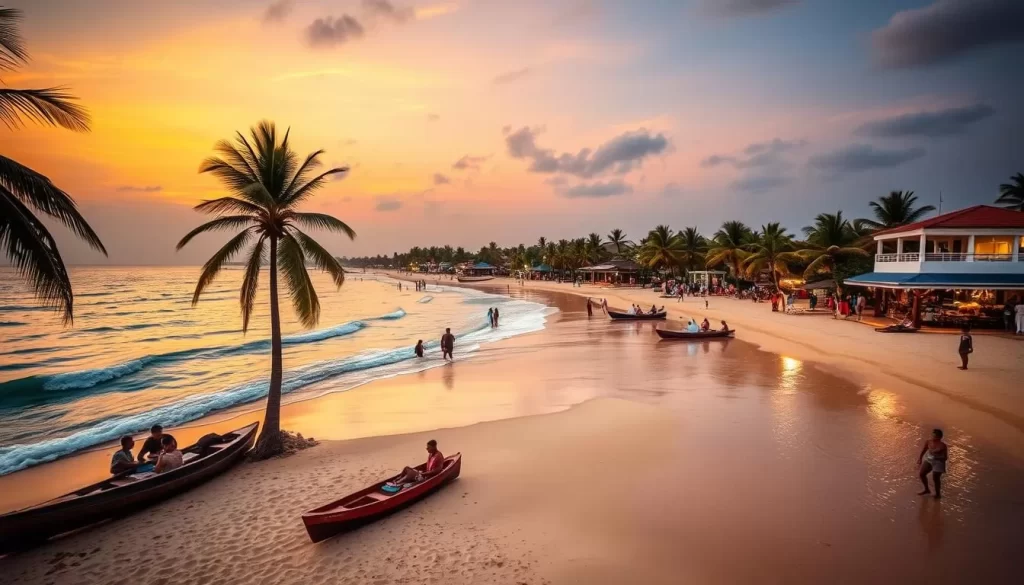
When you’re ready to trade in your sightseeing hat for a pair of sunglasses, The Gambia’s stunning beaches are the perfect place to relax. The country’s coastline is home to some of West Africa’s most beautiful and serene beaches.
Paradise Beach and Kololi Beach: Sun and Sand
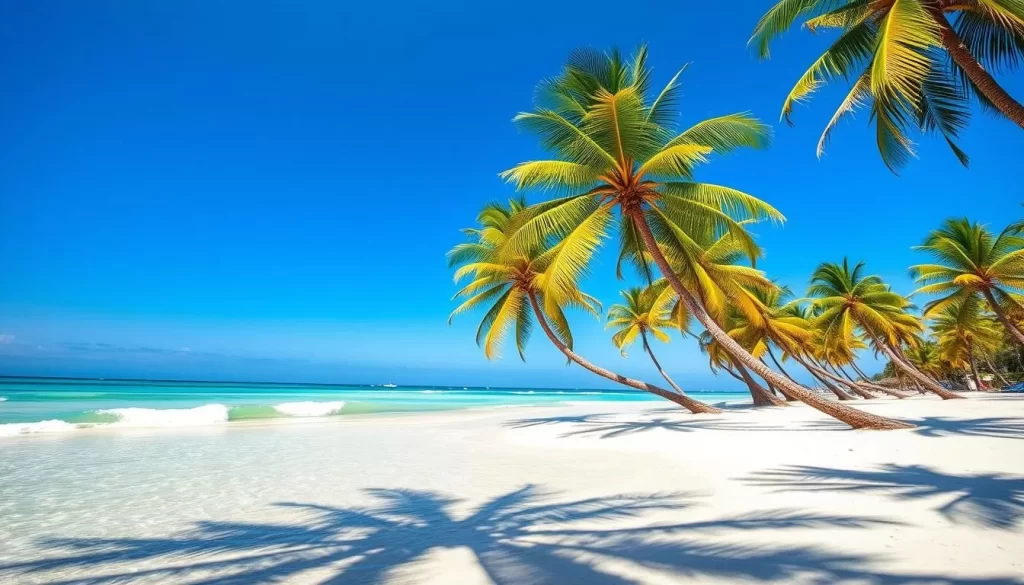
Paradise Beach offers a tranquil escape with its pristine shoreline and relaxed atmosphere, perfect for those seeking a peaceful day by the ocean. In contrast, Kololi Beach provides a more developed beach experience with water sports, beachside restaurants, and comfortable loungers available for rent.
Senegambia Strip: Vibrant Nightlife
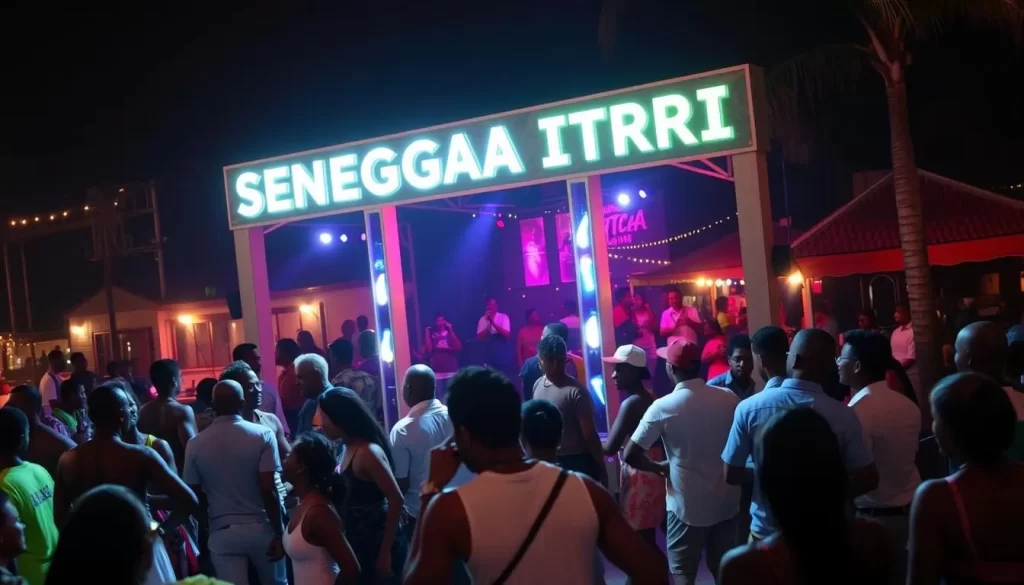
The Senegambia Strip comes alive at night, offering a vibrant mix of bars, clubs, and restaurants. The Green Mamba Garden is a popular spot, known for its live music performances, dancing, and traditional Gambian cuisine. You can sample local and international dishes while enjoying the energetic atmosphere that continues well into the night.
Conclusion: Making the Most of Your Banjul Adventure
With its unique blend of history and culture, Banjul is a destination that will captivate your senses and linger in your memory. As you explore this charming capital city, you’ll discover a special place that offers something for every traveler.
To make the most of your trip, consider allocating at least 2-3 days to appreciate Banjul and its surroundings without feeling rushed. The dry season, from November to May, is the best time to visit, with pleasant temperatures and minimal rainfall. Hiring a local guide will enrich your experience, providing cultural context and historical insights.
As you conclude your Banjul adventure, you’ll take away memories of the River Gambia, beautiful beaches, and vibrant nightlife. The Gambia, a hidden treasure in West Africa, is a country that will leave you with a deeper appreciation for its unique blend of nature, wildlife, and West African culture.
The above is subject to change.
Check back often to TRAVEL.COM for the latest travel tips and deals.
